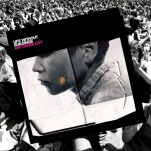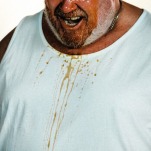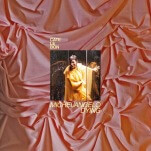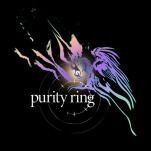Prizefight Irish Whiskey
Photos by Jim Vorel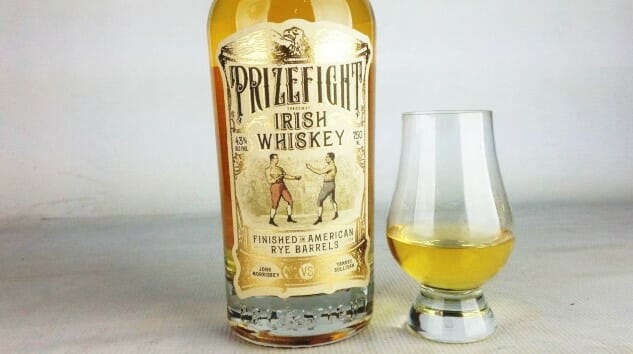
PR people are often in the business of seeking what we writers would call “trend stories.”
Trend stories more or less lump a handful of things together, by way of saying “here’s a zeitgeist that is in the middle of emerging, and you should jump on while it’s hot.” Marketing folks love them, because they provide ample opportunities to plug new beers or spirits, if they happen to fit the trend. They’re easy to write, fun to read, and actually provide a bit more service to the reader than a lot of other pieces, so they’re often a win all-around.
This is not quite one of those trend stories, because I don’t know if it can specifically be said that “Irish whiskey,” as a category, is on the rise in America, any more than the rest of the brown liquor market has been steadily swelling for a decade or more. What I can say is that within the confines of my own mind, one of 2018’s most prominent liquor stories has been my sudden and growing appreciation for the world of Irish whiskey.
I’ve never been much of a scotch drinker. Blessed, or cursed, with a palate that seems to be particularly sensitive to smoke or the suggestion of smoke, even moderately peated scotch whiskeys have a tendency to overwhelm my taste buds with impressions of “tire fire.” This is likely the reason why I also tended to largely ignore the world of unpeated Irish whiskeys up to this point, along with the reason that I imagine would be shared by most Americans—because they overwhelmingly just associate the style with Jameson. Which isn’t to slag on Jameson, per se—my appreciation of even that college bar shot classic has risen appreciably in the last year or two. But once the consumer realizes the subtleties of this market beyond the entry level blended whiskeys, the world of Irish distillates becomes much more compelling.
Case in point: Something like Prizefight Irish Whiskey, a new product from Pugilist Spirits that delivers something expected—a blend of single malt and grain whiskeys—with a twist, in the form of some American rye whiskey barrel aging. The results are not quite a platonic ideal “the best of both worlds,” but they’re not too far off, either.
-

-

-

-

-

-

-

-

-

-

-

-

-

-

-

-

-

-

-

-

-

-

-

-

-

-

-

-

-

-

-

-

-

-

-

-

-

-

-

-


